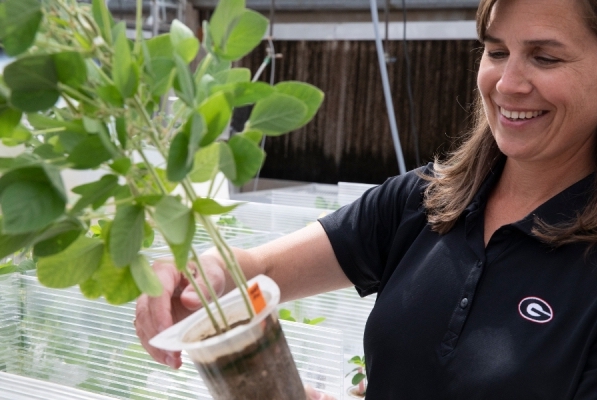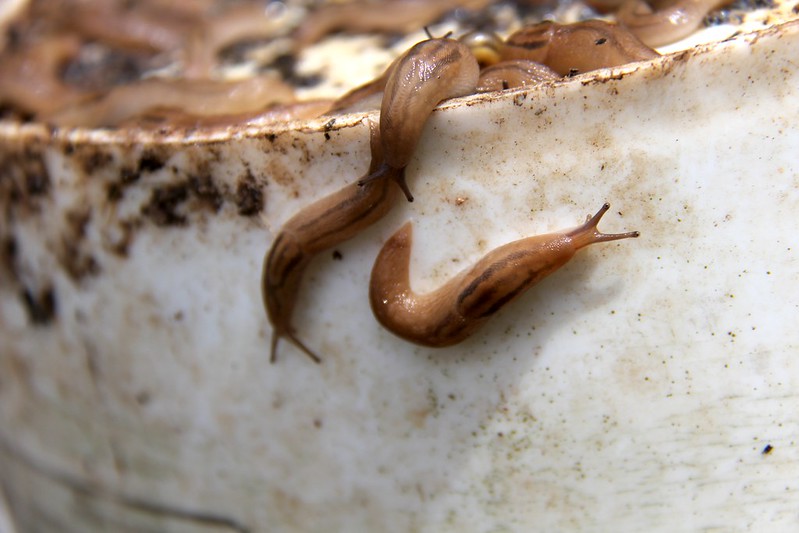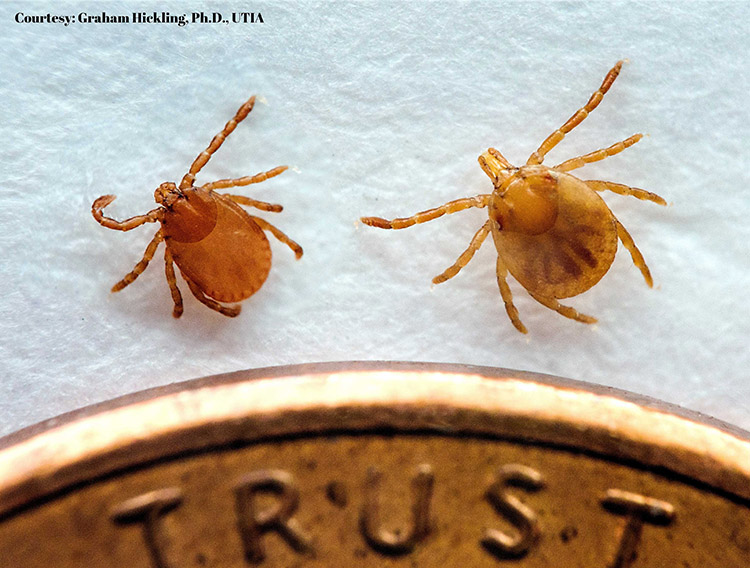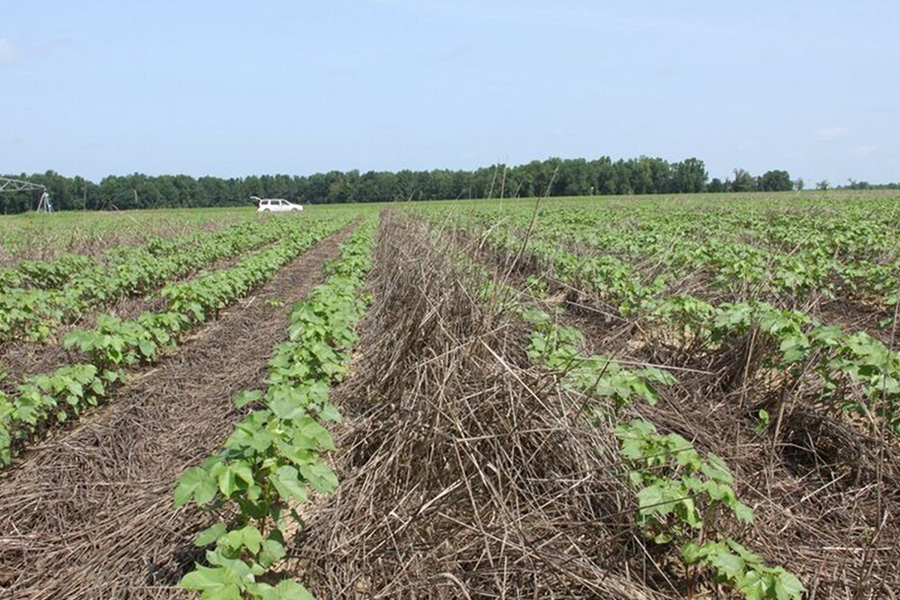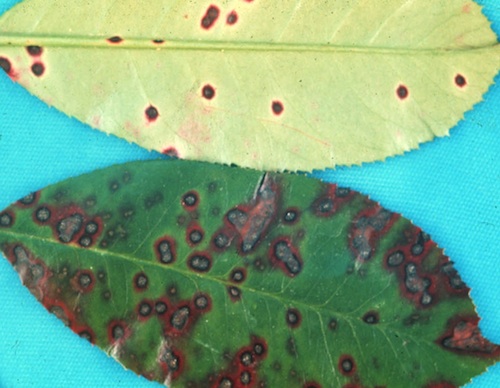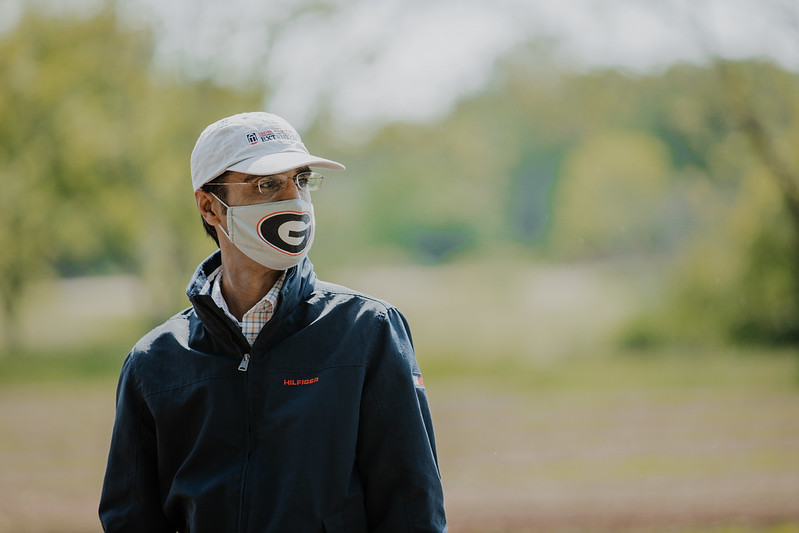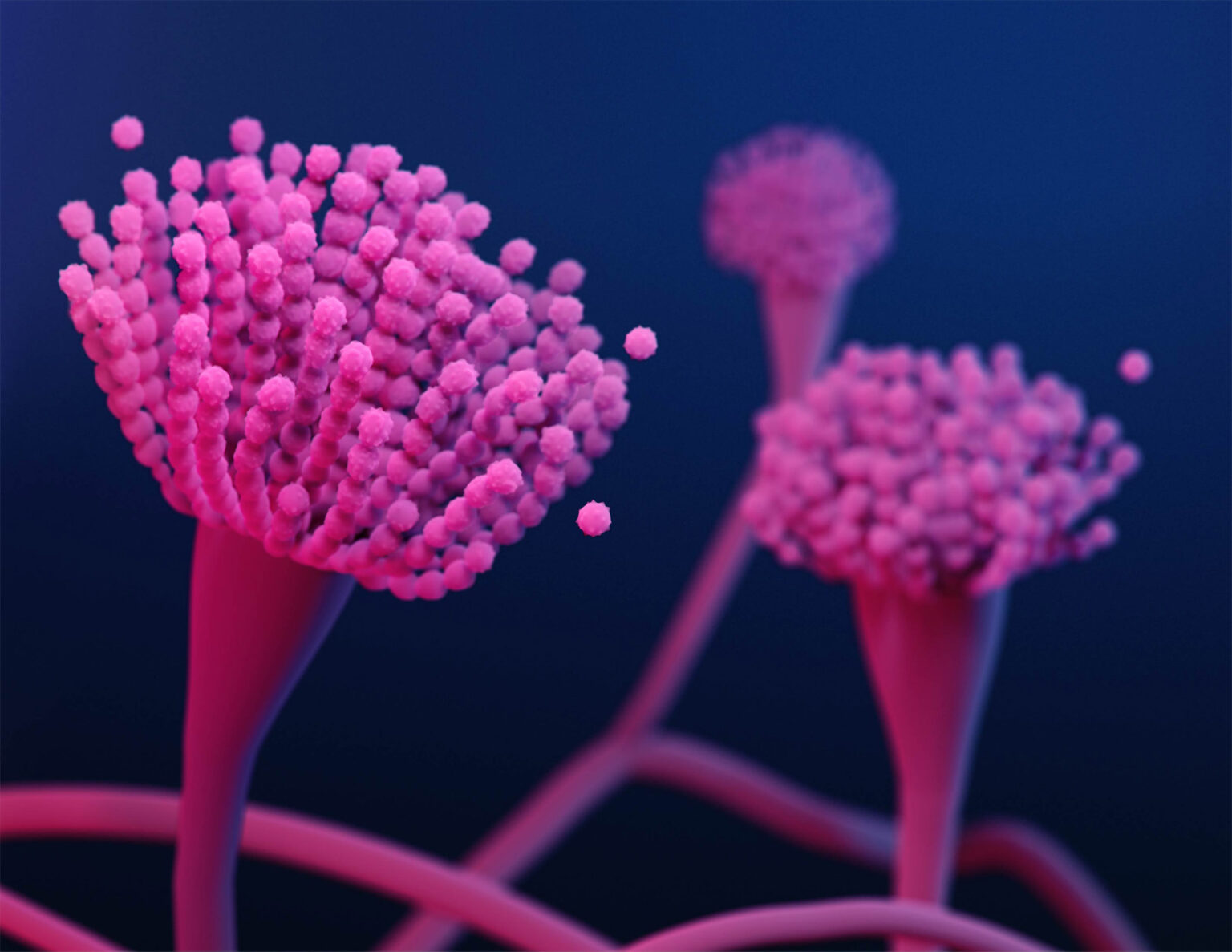 CAES News
CAES News
Fungicides Driving Resistance
New research from the University of Georgia has shown, for the first time, that compounds used to fight fungal diseases in plants are causing resistance to antifungal medications used to treat people.

.jpeg)
